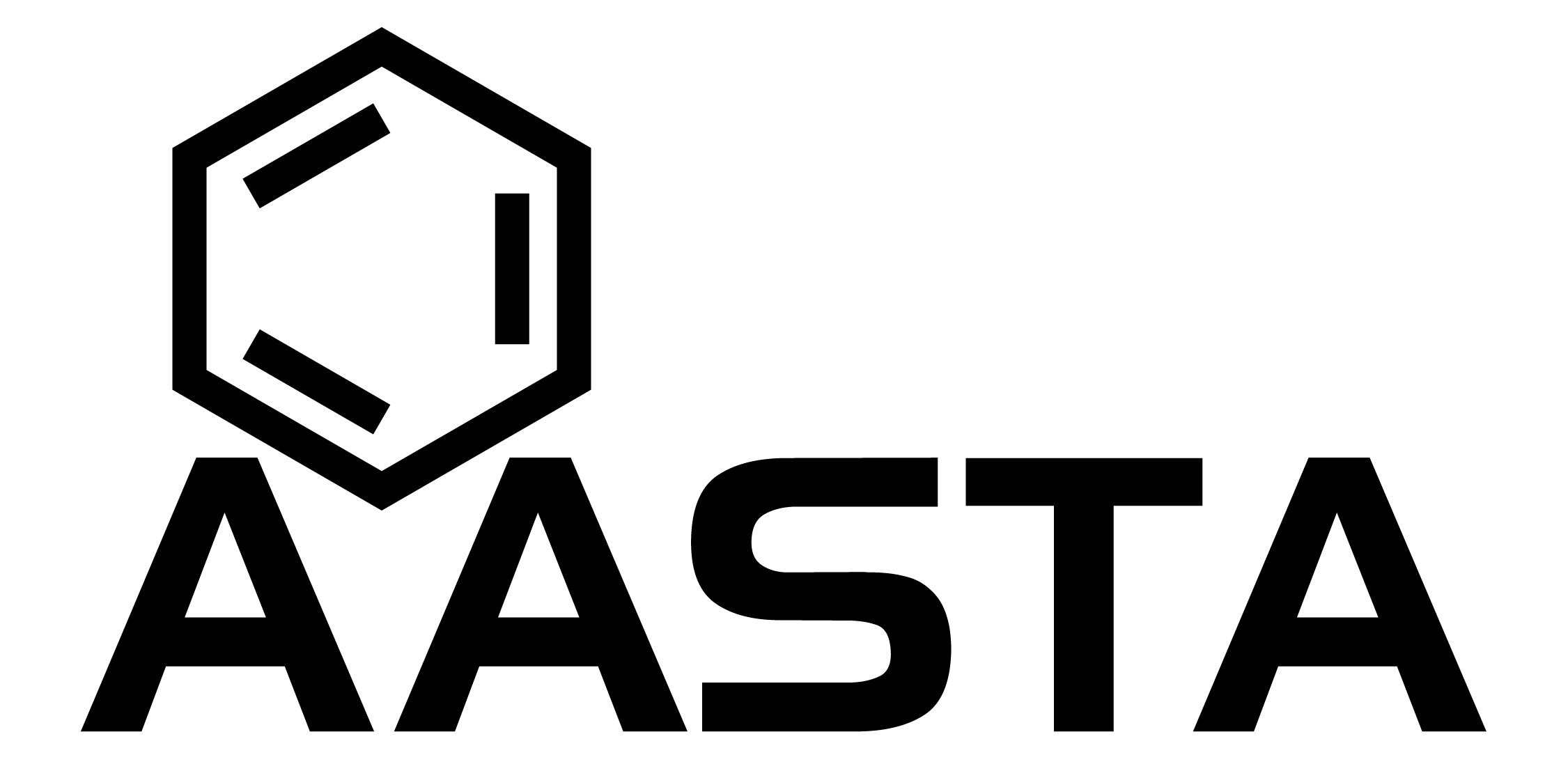An Overview
Non-alcoholic steatohepatitis (NASH)NASH is the leading cause of chronic liver disease worldwide and major contributor for liver-related morbidity and mortality.
Epidemiology of NASH – NAFLD
NAFLD is estimated to affect about 30% of the US population, and a stunning 100 million Americans are affected by this disease. The disease is characterized by fat accumulation in the liver (steatosis) and often associated with obesity and type 2 diabetes.
NASH is an aggressive subtype of NAFLD characterized by liver steatosis, inflammation and cell injury. In US alone, approximately 20 million people are affected by NASH. Fibrosis (scarring) is a major complication in approximately 20% of these patients and results cirrhosis, liver failure resulting in death, liver transplantation and liver cancer.

Americans Affected WITH NAFLD
100M
PATIENTS WITH NASH AND ITS COMPLICATION
20M
Details
Non-Alcoholic Steatohepatitis (NASH)
Pathogenesis of NASH
As illustrated in the schematic figure, excessive fat deposition in the liver resulting in its accumulation (steatosis) is the first pathological event in the genesis of NAFLD and NASH. Steatosis occurs mainly from three sources: i) increased intake of fatty food, ii) excessive de novo lipid synthesis from increased carbohydrate intake or insulin resistance, and iii) increased delivery of fatty acids to liver from adipose tissue.
Excess fat in the form of triglycerides, free fatty acids and their metabolites initiate hepatocyte lipotoxic effects in the liver resulting in metabolic stress and generation of reactive oxygen species (ROS, oxidative stress). Increased ROS and lipid peroxidation trigger liver inflammation and cell injury resulting in the development of NASH. Continued inflammation results in fibrosis or scar formation (cirrhosis) with several complications including gastrointestinal hemorrhage, liver failure or liver cancer. NASH is becoming the leading cause of liver transplantation. Overall costs of NASH treatment in the USA is estimated to run into tens of billions of dollars annually with costs rising exponentially. There is an urgent need for cost-effective treatment.

Current therapy for NASH
There are no FDA-approved therapies available currently for the treatment of NASH.
Lifestyle modification (weight loss, exercise and dietary modification) is the main treatment.
However, diet and other lifestyle modifications for treating NASH have always been difficult to maintain and this strategy alone has not slowed the progression of NAFLD and NASH which is reaching epidemic proportions worldwide. Considerable research is ongoing for therapies aimed at different targets of the disease process with focus on fibrosis and NASH.
Because most drugs in development are aimed at a specific therapeutic target or stage (e.g. fibrosis), combinational therapy is currently considered a prudent approach to obtain more synergy and efficacy on all stages of the disease.
As detailed elsewhere on this website, founders of Aasta have discovered in preclinical research that niacin acts on all stages (steatosis, inflammation and fibrosis) of NASH-NAFLD by reducing oxidative stress and by inhibiting a critical enzyme in liver fat (triglyceride) synthesis.
This is a new and repurposed patented use of niacin for fatty liver disease treatment. A pilot clinical trial in patients with steatosis showed a significant 47% reduction in liver fat content and liver enzymes after 23 weeks of treatment with niacin.
“Aasta believes that niacin-based combinational therapy with drugs in development could result in a very effective and unique broad spectrum pharmacological treatment not only for NASH but also heart disease and dyslipidemia.”
Get In Touch
Moti Kashyap, MD
+1 310 721 8552
kashyapmoti@gmail.com
moti@aastapharma.com
Vijay Kamanna, PhD
+1 714 675 0561
vkamanna15@gmail.com
vijay@aastapharma.com
